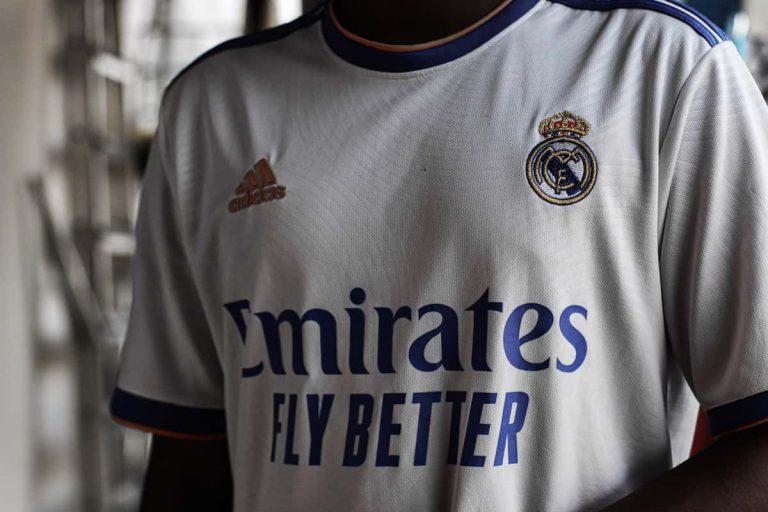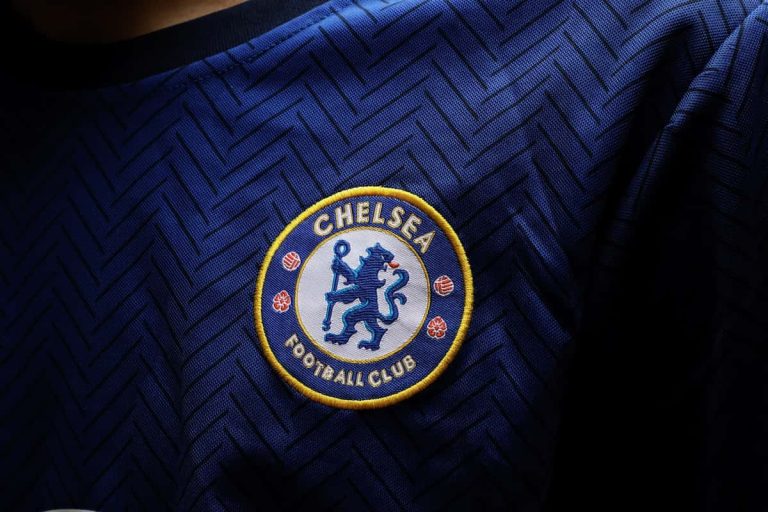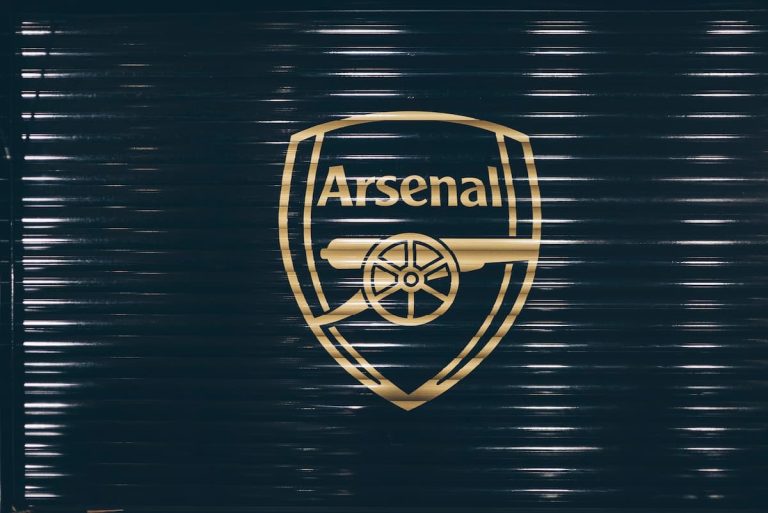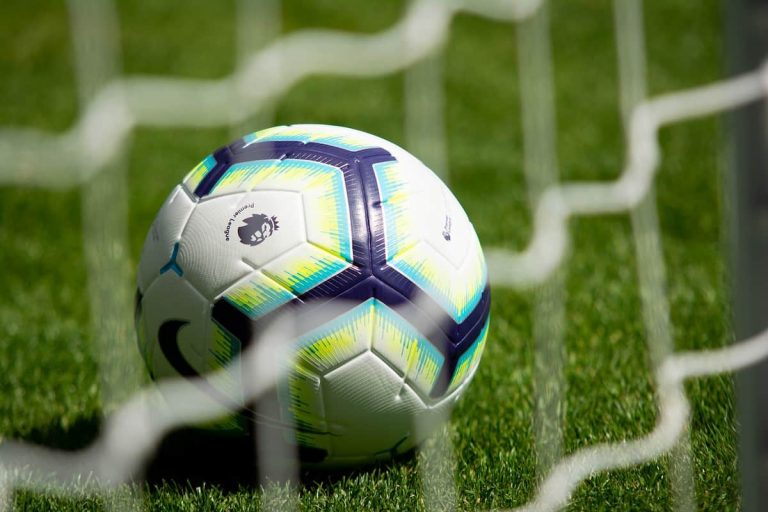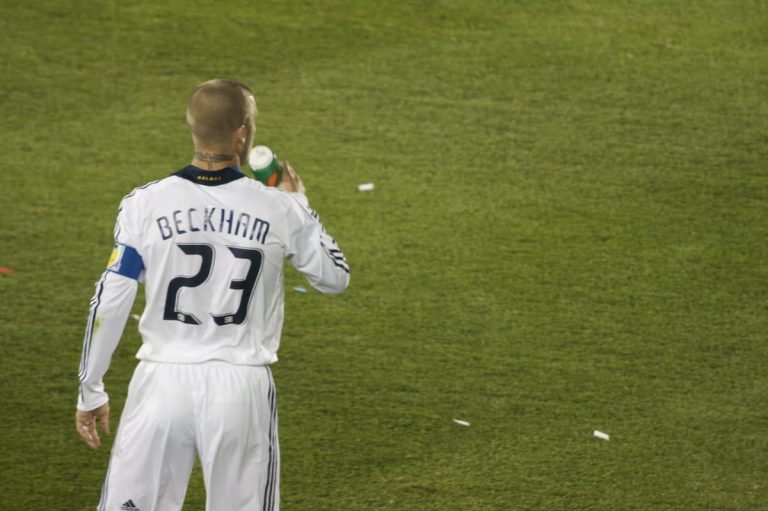What Happens at Half-Time in Football?
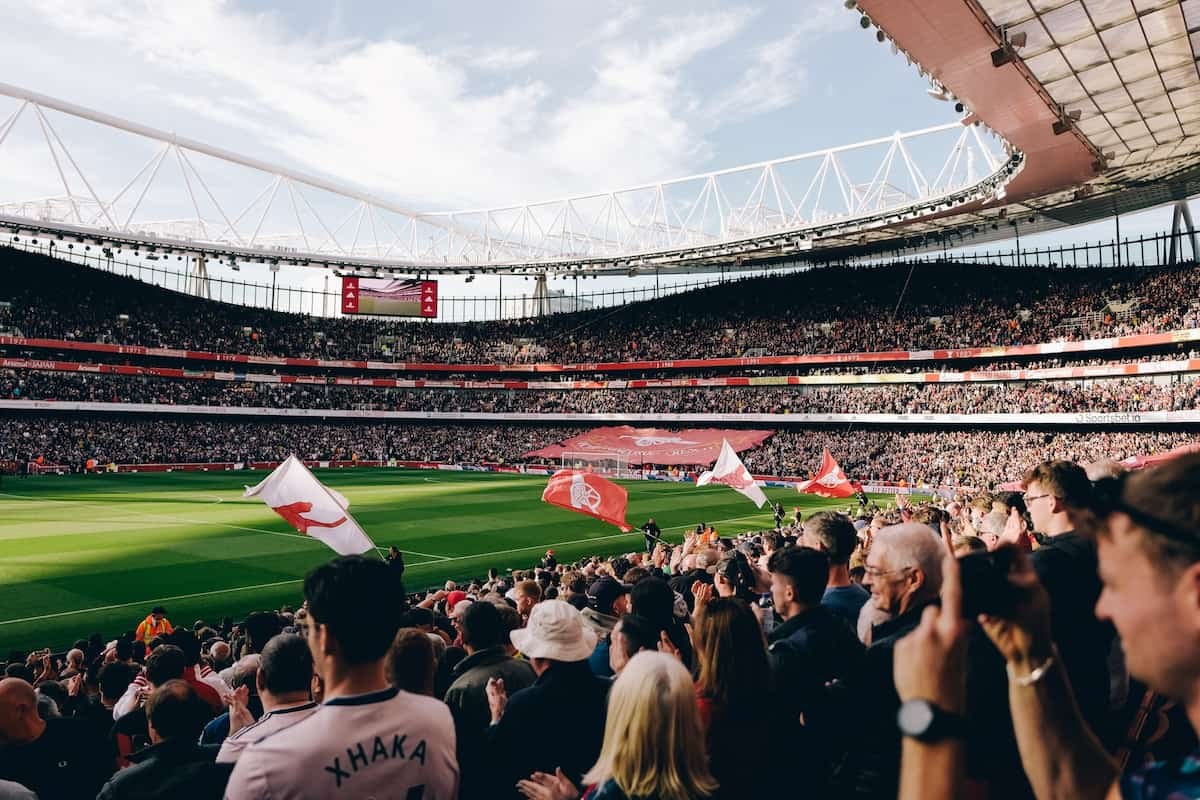
After the first 45 minutes (plus additional injury time) have been played during a football match, both teams will stop playing and enter a half-time break. This interval lasts 15 minutes and a number of different things happen during this time.
In this article, we’re going to cover everything that happens during half-time in football, including the official rules around this interval and what it might look like for players, managers, coaches and spectators. Read on to find out.
Table of Contents
What Happens at Half-Time in Football?
During the 15-minute break during half-time in football, a number of things take place. Managers and coaches will deliver team and individual instructions, players will rest, take on fluids as well as replacing any of their equipment and spectators will use the facilities, buy refreshments and watch any on-field entertainment.
Players Rest
The main purpose of half-time in football is to give football players the opportunity to rest. If football matches were 90 minutes without a break, players would tire too easily and the quality of matches would fall drastically.
So as soon as the half-time whistle is blown, players will walk off the pitch and head down the tunnel to their respective changing rooms. They’ll most likely spend the 15-minute break sat down on their designated seat in the changing room, taking on fluids and listening to their manager and coaches.
Team and Individual Instructions
Managers and coaches will use half-time in football to deliver team and individual instructions. It’s most likely that the manager will deliver team instructions to everybody at once, with specific coaches delivering individual instructions to players.
The manager will break down how the first half has gone from a tactical perspective against what they had set out to do at the start of the game. They’ll let the players know what they are doing well, what they need to improve on, and will share any new tactics to implement in the second half.
Watch Pep Guardiola deliver a half-time team talk to his Manchester City side here:
Repairs on Player Equipment and Assessing Injuries
Football’s half-time interval also presents an opportunity to carry out repairs on player equipment and to assess any injuries. Players might have picked up knocks during the first half that need looking at again. For example, a player who experiences a head injury in the first half might need their bandage redressing during the interval.
It’s also a chance for players to change or replace any of their equipment (shirt, shorts, socks, boots, shin pads etc.). Players encounter issues with their boots on a regular basis, and half-time is the ideal opportunity to change the pair that they are wearing.
If the players are playing in really wet conditions, they might want to change their shirt at half-time. This might help them warm up before they head out for the second half. Players can also swap short sleeve shirts for long sleeve alternatives if they’re playing in colder weather conditions.
Prepare Substitutions
Although half-time substitutions aren’t as popular these days, managers and coaches will use half-time in football to prepare any future substitutions. By 45 minutes, it’s likely that the manager will have a good idea what substitutions they’ll want to make in the second half based on what they’ve seen in the first half. These decisions will be dependent on any unforeseen injuries.
They’ll use the half-time break to speak to players who might be substituted off and the players that will replace them. Both sets of players will receive specific instructions for what the manager would like to see from them during the rest of the match.
Substitutes Have a Kick Around
Any substitutes that don’t need to hear team or individual instructions will go out onto the pitch and have a kick around during half-time. They’ll play passes to one another, do some kick ups, or be taken through their paces by one of the fitness coaches.
Although they might not be in the manager’s immediate thoughts, it’s important for these players to keep their muscles warm in case they are called upon in the second half.
Take on Fluids
On top of resting, footballers will also take on lots of fluids during half-time. Because football players sweat a lot during matches, it’s important for them to take on fluids to replace the ones they have lost through sweating. They’ll drink water as well as sports energy drinks including Lucozade or Powerade.
It’s also common for players to eat carbohydrates, such as a banana. This will give them fast releasing energy for the second half of the match. However, they need to be careful not to eat too much during the half-time break, as they might be at risk of experiencing a stitch in the second half.
Use the Facilities
Half-time in football also gives footballer’s the chance to use the facilities. They might have taken on lots of fluids before the match, so half-time presents an opportunity to use the toilet before the second half starts.
On-Field Entertainment
For spectators, half-time typically involves going to the toilet, buying refreshments from the concourse, checking any other football scores and potentially watching some on-field entertainment.
Half-time entertainment is different at each club. Some clubs might let a local youth team play on the pitch at half-time, meanwhile another team might run a penalty shoot-out competition or a crossbar challenge.
With football’s half-time duration being 15 minutes, whatever entertainment is chosen needs to be concluded within those 15 minutes so that it doesn’t affect the restart time of the match.
What Are the Official Football Half-Time Rules?
So what are the official rules for half-time in football? Well, according to the Football Association’s (the FA) official rules, “Players are entitled to an interval at half-time, not exceeding 15 minutes”. This rule is under Law 7, which relates to ‘The Duration of the Match’.
Football Half-Time Duration
The official football half-time duration is 15 minutes. This gives both teams enough time to prepare for the second half. This allows players to have a sufficient rest, so that they can conserve their energy for the second 45-minute half.
What’s the Difference Between Regular Half-Time and Half-Time During Extra Time?
The main difference between the interval during regular time and the one in extra time is the duration of the break. As discussed above, the length of the regular half-time break is 15 minutes. In contrast, the interval during extra time should last no longer than 1 minute, according to the official FA rules.

